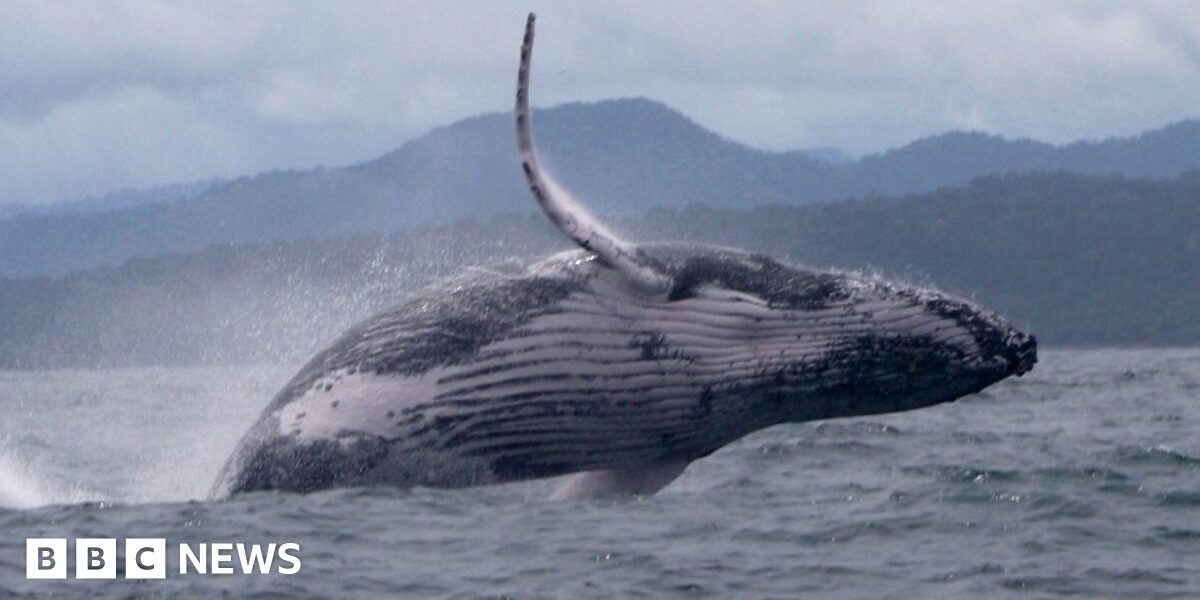The wandering male was among a group of humpbacks photographed from a research vessel on the Pacific coast of Colombia in 2013.
He was then identified in a similar area in 2017 – and off Zanzibar in 2022.
The sightings are separated by a 13,046 km great-circle distance – the minimum distance for the route the whale might have taken, the scientists say, though it is likely to be much greater.
Since the earth is a sphere, the shortest path between two points is expressed by the great circle distance, which corresponds to an arc linking two points on a sphere.
The paperʻs findings are based on hundreds of thousands of photos of whales submitted by researchers, whale watchers and members of the public to the citizen science website, happywhale.com.
The database uses artificial intelligence to match the individual shapes and patterns of humpback whale tails, or flukes, thereby mapping their movements around the globe.
The research is published in the journal, Royal Society Open Science, external.
Find out more about humpback whales in The Secret’s of Antarctica’s Giants on BBC iPlayer.





